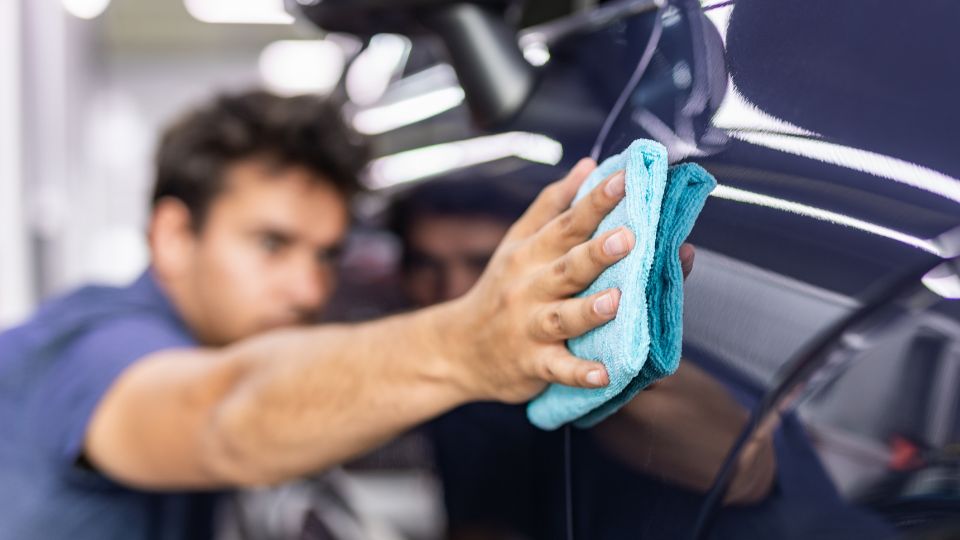
Ceramic Coating vs. Wax: Choosing the Best Protection for Your Car
In today's automotive world, the debate between ceramic coatings and traditional wax is more heated than ever. With vehicle maintenance a top priority for many car owners globally, understanding which product offers the best protection and value is crucial for effective car detailing.
Recent studies suggest that consumers are increasingly willing to invest in higher quality products for their vehicles, with a significant uptick in those opting for ceramic coatings. However, the timeless appeal of car wax continues to hold a strong place in the market.
Let's dive into the differences and decide which option might be the best fit for your car and your budget.
What is Ceramic Coating?
Ceramic coating is essentially a chemical polymer solution that is applied to the exterior of a vehicle to protect it against external paint damage. Typically applied by hand, it blends with the paint of your car and creates an additional hydrophobic layer of protection.
This chemical bond is strong and doesn’t wash away under harsh conditions like a traditional wax. It provides a hard layer over your paint to prevent scratches, UV damage, and the adhesion of contaminants like sap and bird droppings.
“The durability of ceramic coatings is one of their main selling points. A quality ceramic coat can last anywhere from two to five years depending on the product and application,” explains an expert in car detailing in Wetherill Park.
While the upfront cost is higher than wax, the longevity of ceramic coatings means fewer applications over the lifetime of your car, potentially saving you money in the long run.
What is Car Wax?
Car wax, on the other hand, is typically made from carnauba wax, though synthetic options are available. It is easier to apply than ceramic coatings and can be done at home without professional help.
Waxing provides a shine and depth of color that is unmistakable, enhancing the vehicle’s aesthetic while offering a modest level of protection against UV rays, moisture, and dirt.
However, the effects of waxing are much shorter-lived. Car wax usually needs reapplication every three to six months depending on the climate and the quality of the wax used.
This can make waxing more labor-intensive over the lifespan of your vehicle, potentially leading to higher long-term costs in terms of both money and time spent on maintenance.
Cost Comparison
When it comes to cost, ceramic coatings are undoubtedly the more expensive option initially. Professional application is recommended to ensure the best results, which can add to the cost.
The materials themselves are also more expensive than car wax, reflecting their longer-lasting properties and stronger protective capabilities.
Despite the higher upfront cost, the investment in a ceramic coating might be more economical over time. Given its durability, you might find that the cost per year is lower than that of frequent waxing.
Additionally, the superior protection offered can help maintain your car’s resale value, potentially saving you money if you decide to sell your vehicle in the future.
The Right Choice for You
Choosing between ceramic coating and wax will ultimately depend on what you value most for your car and how you calculate cost-effectiveness.
If you prefer a less intensive, more cost-effective solution in the short term and enjoy the regular upkeep of your vehicle, waxing might be the way to go. However, if you're looking for a "set it and forget it" type of solution that offers more durable protection and fewer applications over time, ceramic coating could be the smarter investment.
In the end, both options provide valuable benefits. Your decision should align with your lifestyle, budget, and how you use your vehicle.